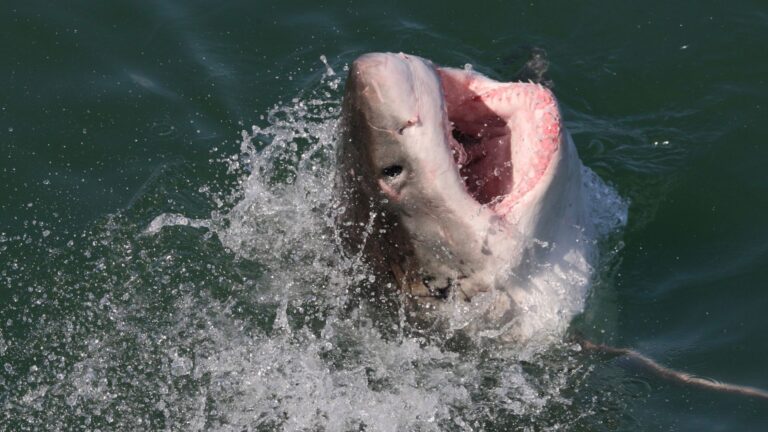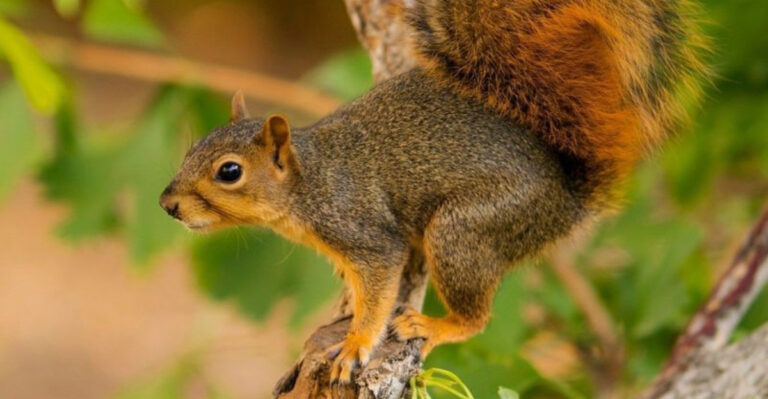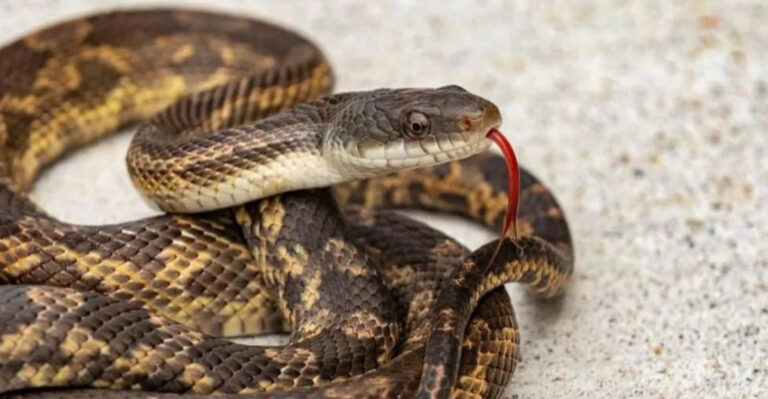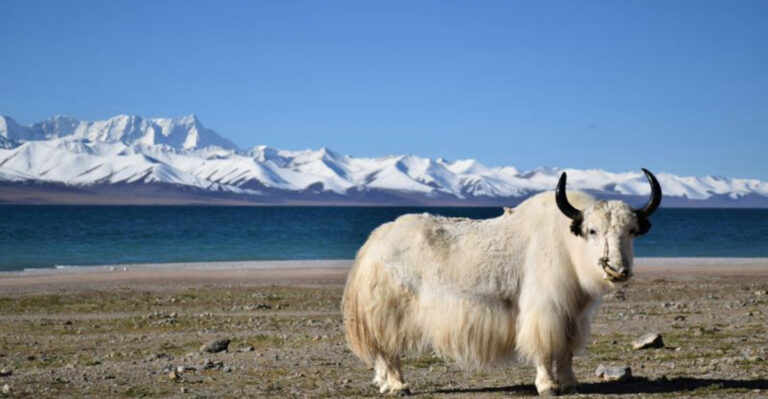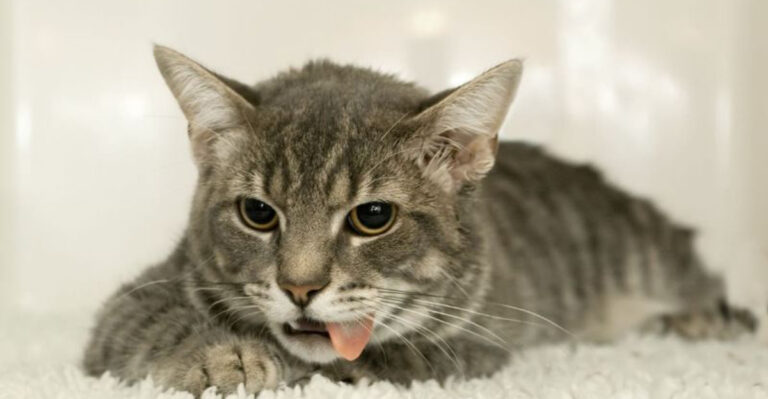From Cat-Sized To Car-Sized: 15 Mind-Blowing Facts About Bear Evolution
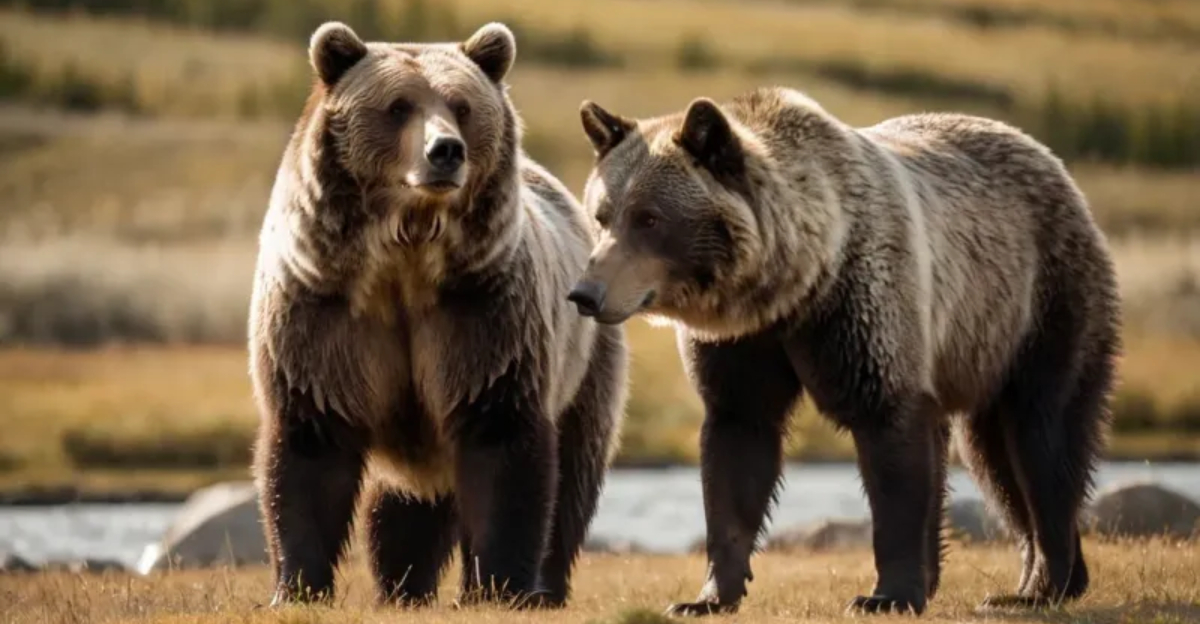
Imagine tiny, cat-sized creatures scurrying around, eventually evolving into the mighty, car-sized bears we know today.
The unbelievable transformation journey of bears, from their humble beginnings to their imposing presence, is proof of nature’s creativity and adaptability.
1. Bear Ancestry
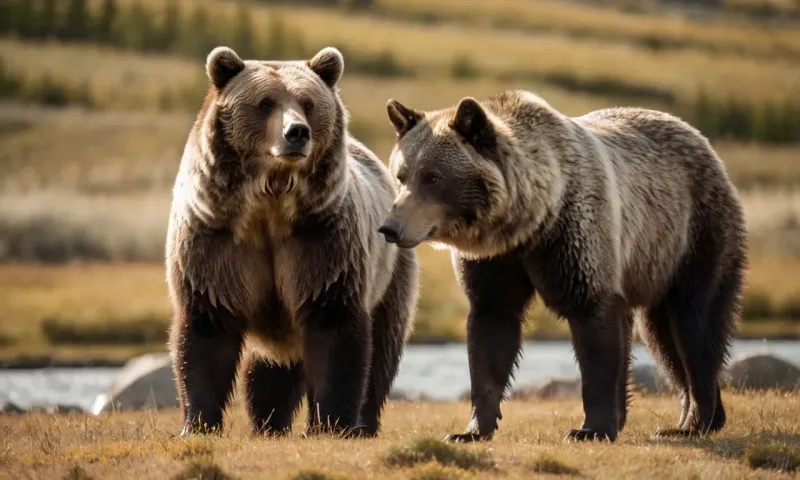
Before bears roamed the Earth as the giants we know, their ancestors were cat-sized creatures called Miacis.
These little mammalian carnivores lived around 60 million years ago, slinking through prehistoric forests.
Imagine a world where the bear’s lineage began with something as small and nimble as a modern-day feline!
This ancestor didn’t roar or fish like today’s bears; instead, it hunted small prey. Such a humble beginning makes the bear’s evolutionary journey even more impressive.
2. The Dawn Bear
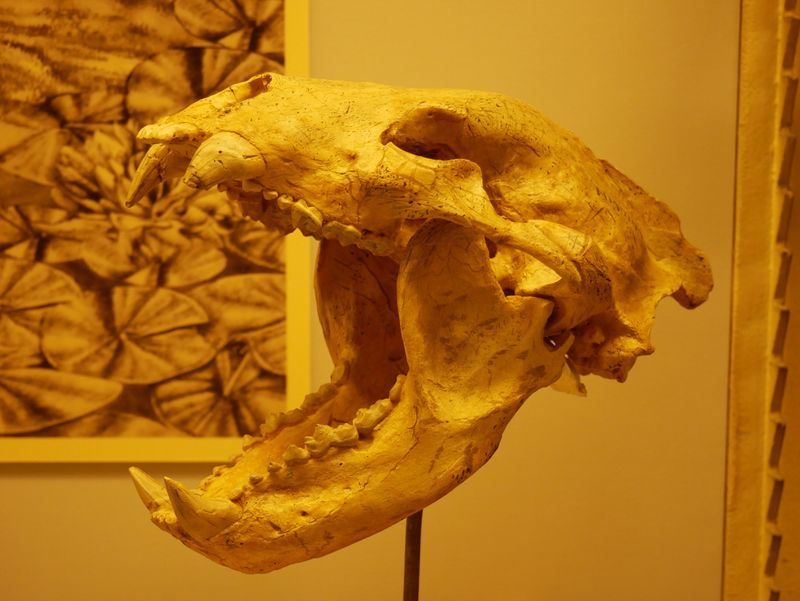
Meet Ursavus, better known as the dawn bear. About 20 million years ago, this early bear ancestor lived in Eurasia, showcasing the first true bear-like features.
Picture a curious creature, wandering through lush forests, with a look both familiar and ancient.
Ursavus was a pivotal step in bear evolution, bridging the gap between their small ancestors and the larger species we recognize today.
It represents a vital link in understanding how bears adapted to various habitats over time.
3. Spectacled Bear’s Unique Diet
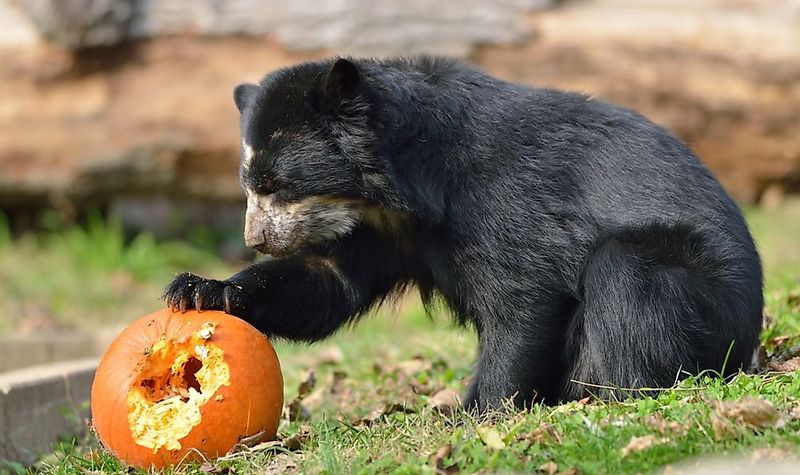
Ever heard of a bear with a specialized diet? The spectacled bear of the Andes defies typical bear behavior with its preference for bamboo!
Imagine a bear nibbling away like a panda, adapting its diet to survive in a challenging environment. This unique dietary choice showcases how bears demonstrate remarkable flexibility in their habits to thrive.
The spectacled bear’s distinctive markings and dietary quirks make it a true standout in the bear family, illustrating evolutionary ingenuity.
4. Polar Bear’s Marine Adaptations
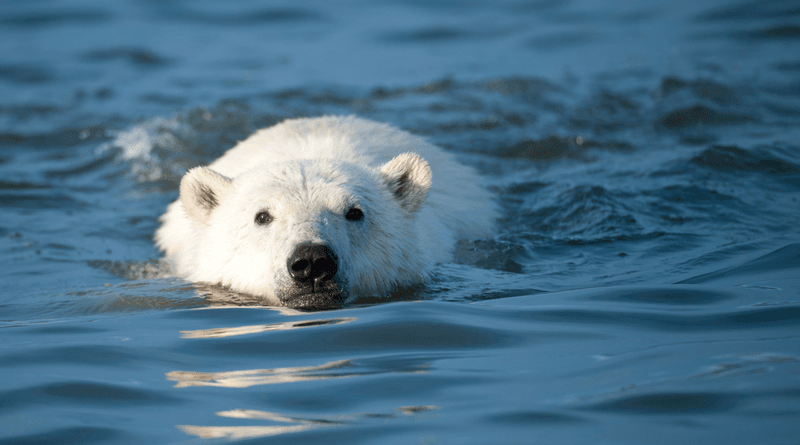
Have you ever seen a bear that swims like a seal? Polar bears have evolved to thrive in the icy Arctic waters, displaying adaptations more akin to marine mammals.
Their powerful limbs and insulating blubber allow them to swim long distances in search of food.
As ice dwellers, polar bears must navigate an ever-changing environment, showcasing evolution’s role in crafting survival strategies that defy typical bear behaviors.
5. Giant Short-Faced Bear
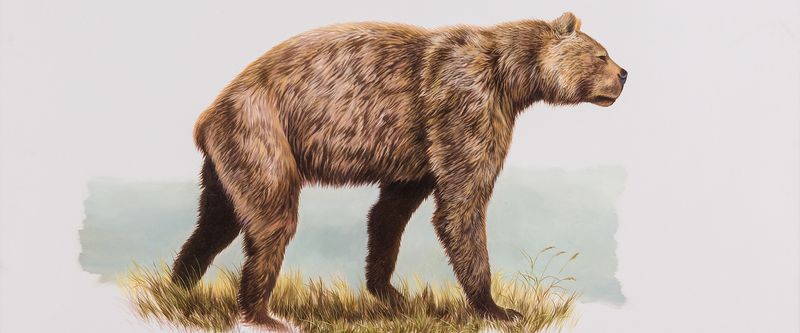
Imagine encountering a bear the size of a car! The now-extinct giant short-faced bear roamed North America during the Ice Age and was one of the largest terrestrial carnivores.
Standing up to 11 feet tall, this behemoth would have been a truly awe-inspiring sight. Despite its size, it was likely a swift runner, adapting to hunt large prey.
This Ice Age giant exemplifies the diverse evolutionary paths bears have taken, with some species growing to colossal sizes.
6. Panda’s Evolutionary Path
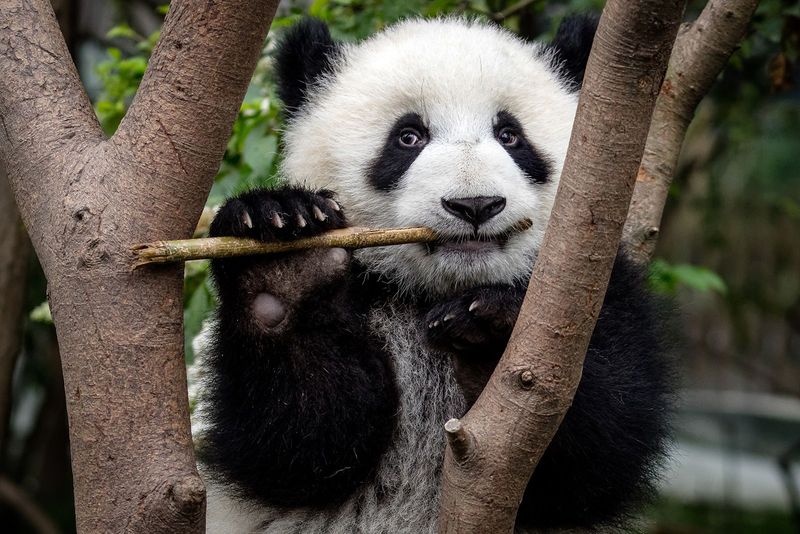
Did you know pandas are technically bears? While their diet and appearance set them apart, pandas share a common ancestor with other bears.
Their unique evolutionary path led them to specialize in bamboo consumption. Picture a panda in its natural habitat, surrounded by bamboo, embodying both bear traits and unique adaptations.
Their thumb-like wrist bone is a fascinating evolutionary trait, helping them grasp bamboo stalks. Pandas illustrate how bears can diversify in surprising ways.
7. Sloth Bear’s Insect Diet
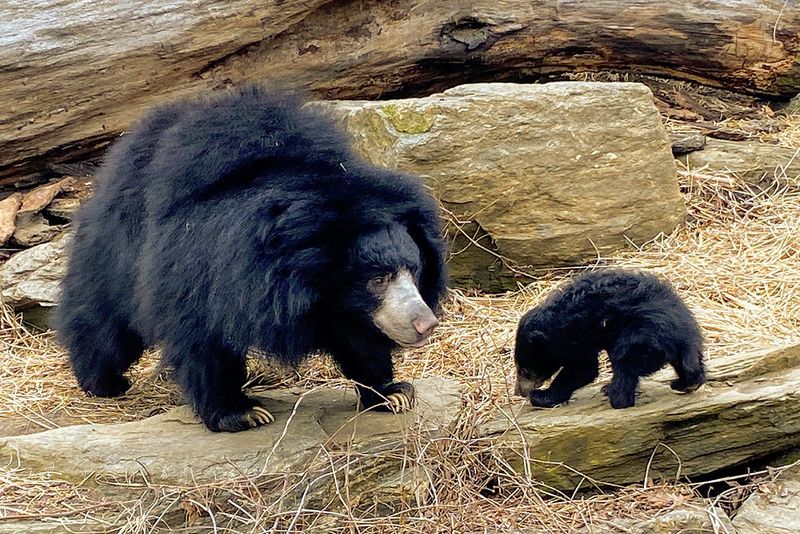
Not all bears are fish enthusiasts; sloth bears have a penchant for insects! With their long claws and specially adapted lips, they expertly extract termites and ants from their mounds.
Visualize a bear, not at a river catching fish, but instead, digging into termite mounds with gusto.
This unique dietary preference highlights bears’ adaptability, showcasing how evolution crafts species perfectly suited to their environments. Sloth bears remind us that not all bears fit the same mold.
8. Brown Bear’s Global Journey
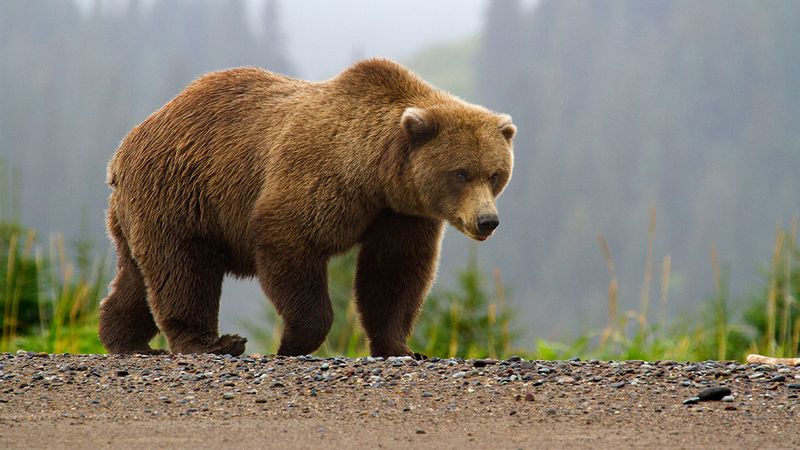
Brown bears are truly globetrotters, found in diverse habitats across the world.
From the dense forests of North America to the rugged mountains of Eurasia, their adaptability is unmatched.
Brown bears’ ability to adapt to such varied environments speaks volumes about their evolutionary success, highlighting the versatility and resilience of these magnificent creatures.
9. Sun Bear’s Arboreal Lifestyle
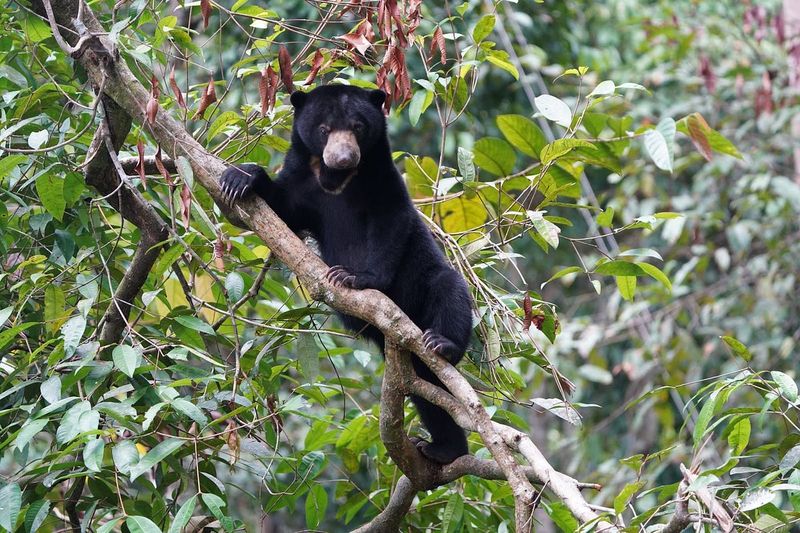
Who says bears can’t be tree climbers? Sun bears, the smallest of the bear family, have taken to the trees of Southeast Asia.
Their arboreal lifestyle is a perfect example of how bears have evolved to fit niche environments, showcasing the remarkable adaptability of these creatures.
Sun bears’ tree-dwelling habits make them unique among their larger, more terrestrial relatives.
10. The Cave Bear
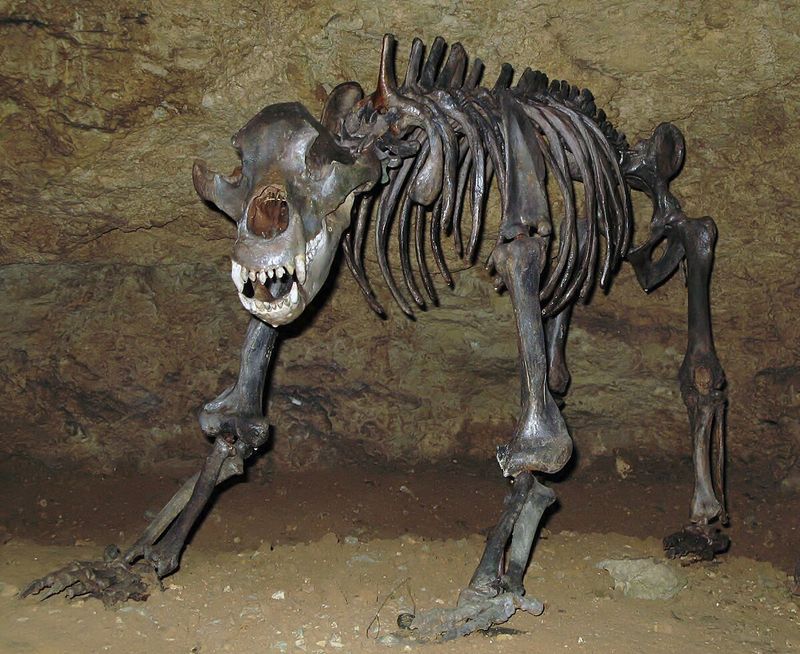
Step back in time to the Pleistocene, where cave bears roamed Europe. These massive bears preferred the safety of caves for hibernation, leaving behind fossilized remains that intrigue scientists today.
Their story offers a glimpse into the challenges that bear species have endured, highlighting the delicate balance of evolution and survival.
11. Asian Black Bear’s Moon Mark
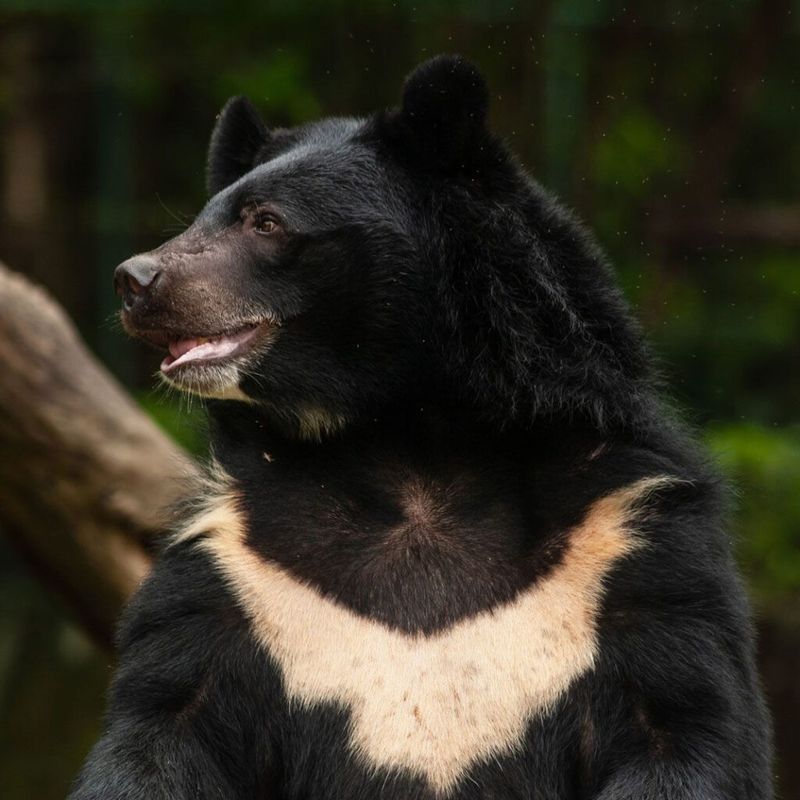
Ever seen a bear with a celestial mark? The Asian black bear boasts a distinctive, moon-shaped patch on its chest, giving it a mystical appearance.
This striking feature is not just for show; it plays a role in communication and identification among its species.
The Asian black bear’s beautiful chest mark is a testament to the diversity in bear evolution, adding a touch of magic to their natural design.
12. Grizzly Bear’s Grubbing
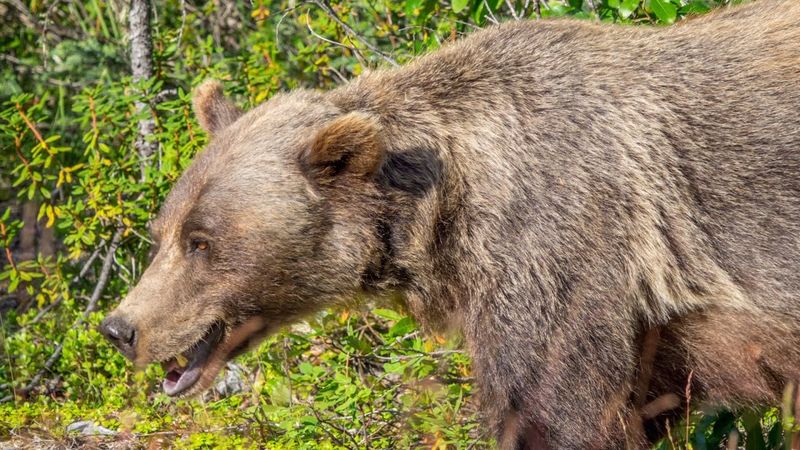
Grizzly bears are more than just salmon hunters; they are skilled foragers! Imagine a bear in a meadow, digging for roots and insects, showcasing a side of their diet that often goes unnoticed.
Their grubbing habits reveal their adaptability, as they explore various food sources to survive.
This behavior illustrates the bear’s omnivorous nature, highlighting how evolution has equipped them to thrive in diverse environments. Grizzlies remind us that even mighty hunters enjoy a good forage.
13. Andean Bear’s Facial Patterns
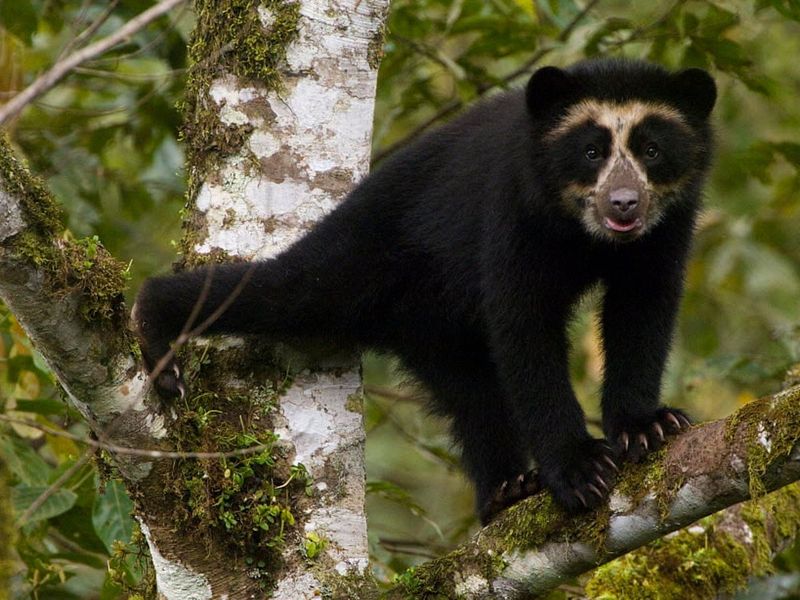
The Andean bear, also known as the spectacled bear, sports striking facial markings that resemble spectacles. Picture this bear in the cloud forests, its unique face making it instantly recognizable.
These markings are not just for aesthetics; they serve as identifiers among individuals.
The Andean bear’s distinct appearance is a wonderful example of how evolution crafts unique traits for communication and survival. Their enigmatic look adds a layer of intrigue to their existence.
14. American Black Bear’s Color Variety
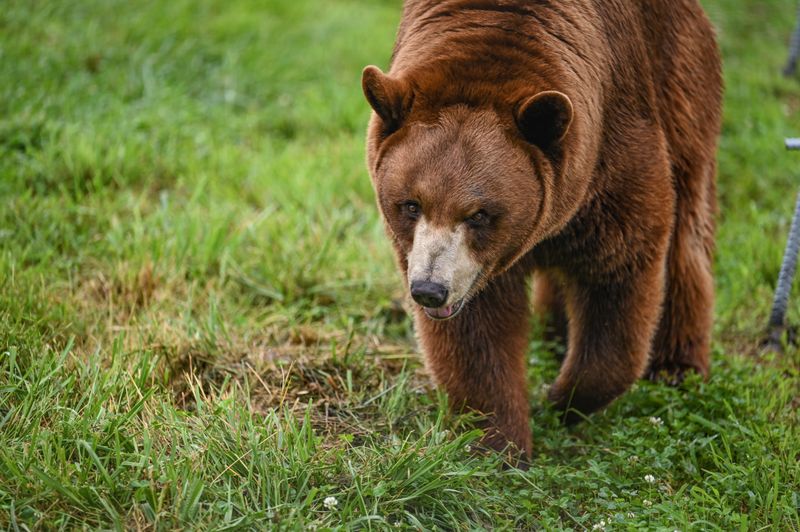
Did you know American black bears aren’t always black? These bears come in a variety of colors, from cinnamon to blonde, showcasing their genetic diversity.
This variety in fur color represents the adaptability and evolution of black bears, allowing them to blend into different environments.
Their colorful coats add another layer of fascination to their already intriguing lives.
15. Kermode Bear’s Spirit
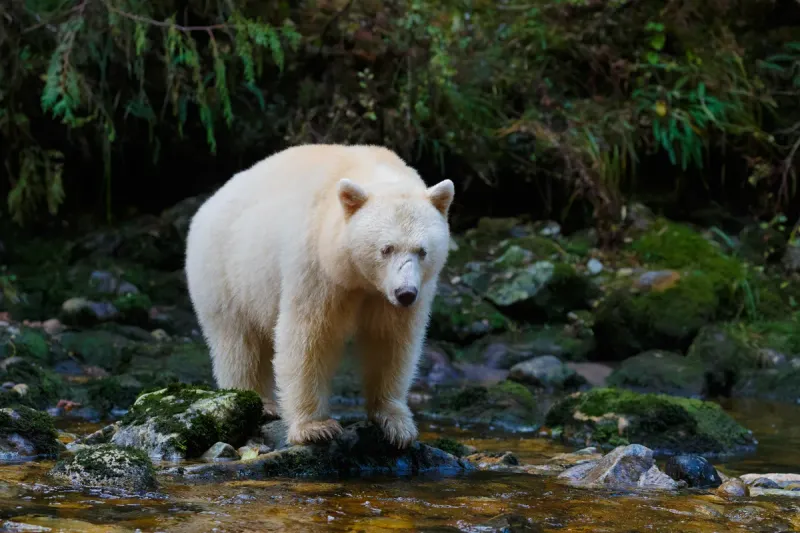
Known as the spirit bear, the Kermode bear is a rare subspecies with a stunning white coat. Imagine a bear that looks like a ghost in the lush forests of Canada.
This unique bear, though not albino, carries a genetic mutation that results in its striking appearance.
The spirit bear’s ethereal look is more than just a visual wonder; it holds cultural significance for Indigenous peoples.

